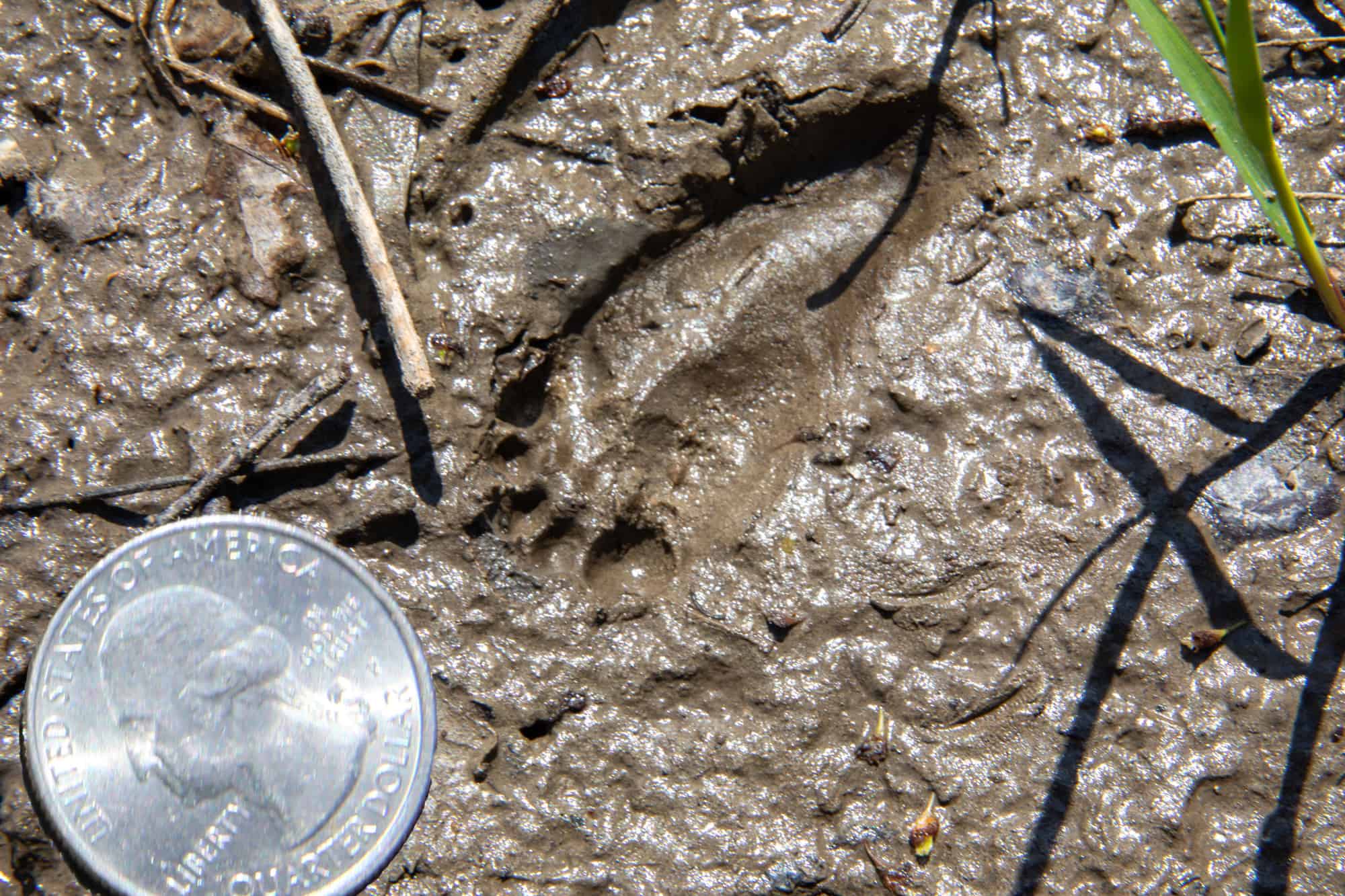Meklin Season Comes Early to Lake Michigan’s South Shore
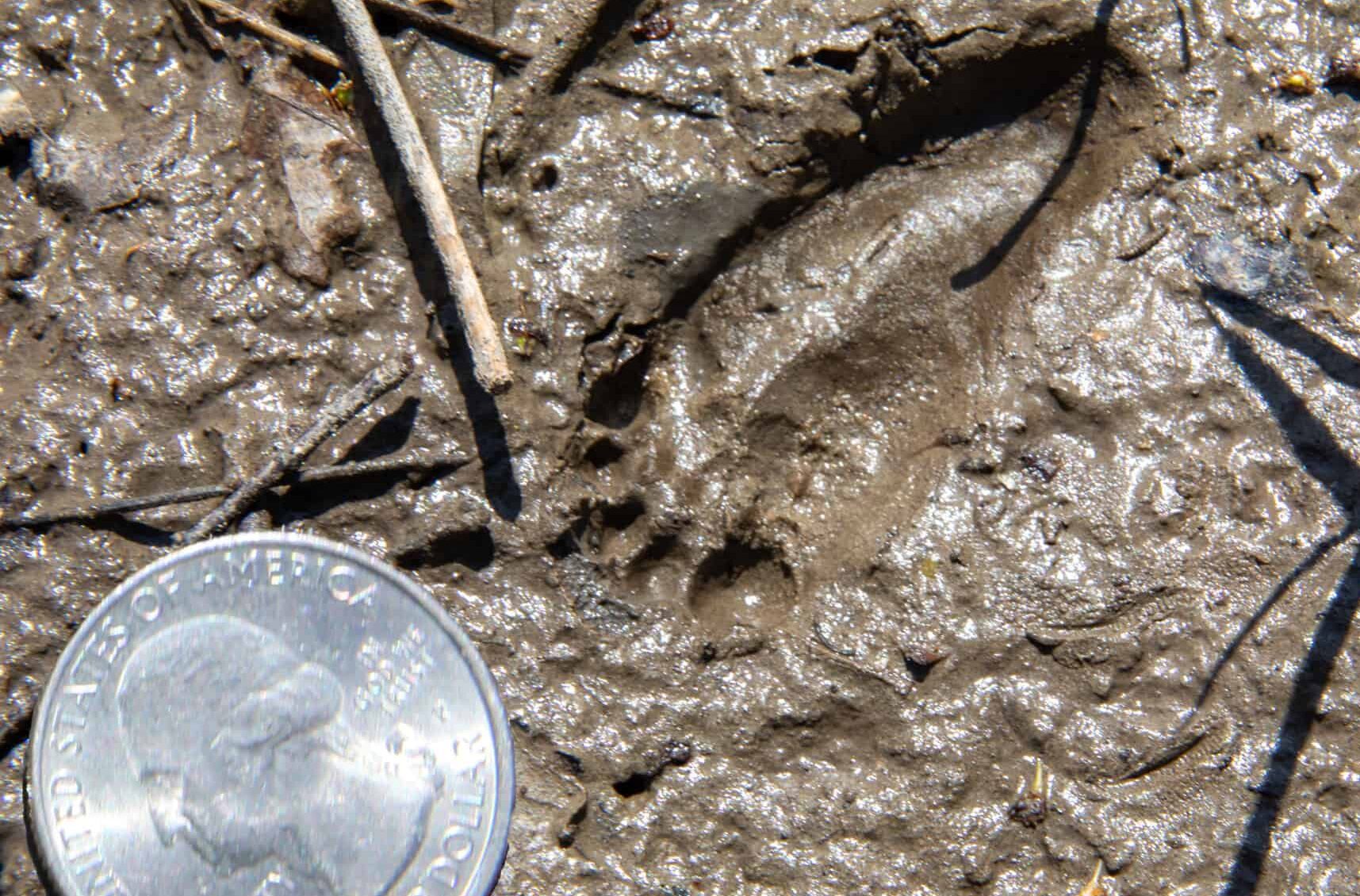
LAKE COUNTY, INDIANA- Rarely seen before Mother’s Day, warmer river waters in the Northern portion of Indiana have brought the annual emergence of meklins weeks earlier than expected.
Known throughout the Great Lakes region as the first, dreaded sign of spring, the meklin season is a unique challenge for hoosiers living in the northern portion of the state.
“We don’t usually get them this early in the year,” Joanna Brice of Valparaiso told us when we found her shoveling piles of meklin dung from around her mailbox. “I’ve only run the lawn mower once this year and I’m already sweeping their droppings from the porch.”
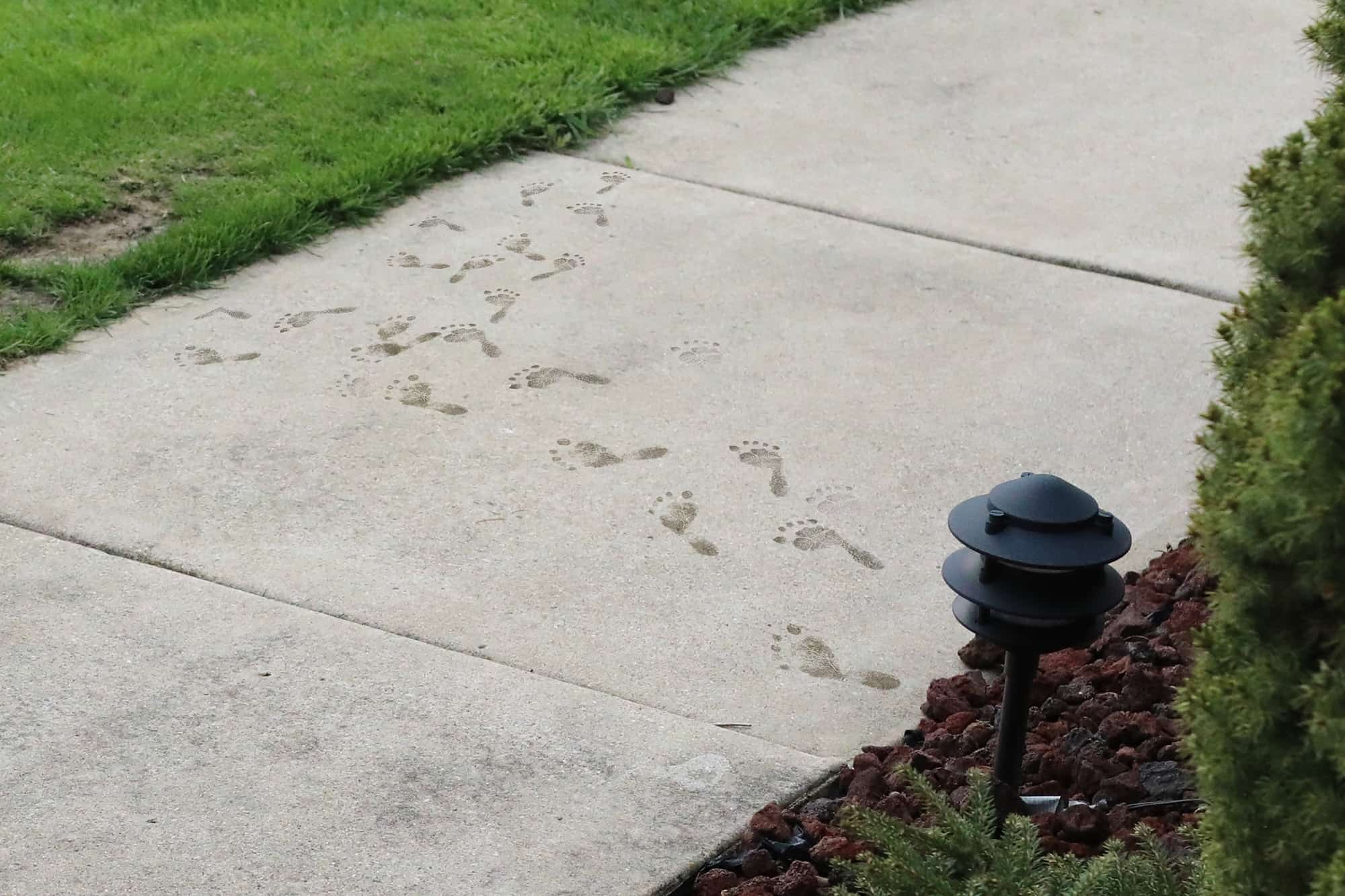
Fresh meklin footprints visible this year outside of a local residence. Usually active only in the night, their early appearance this year is said to have lead to unusual behaviors as a result of their caloric needs.
Nocturnal creatures, the meklins’ footprints were clearly visible along riverbanks, tracked across nearby pavement, and on windowpanes this week early Monday morning.
“My daddy called ’em (feces) cats.”
-Merrillville homeowner John Motrist
“During the 1980s, people almost forgot about meklins,” local historian Michael June Entail told us. “Between discharge from the steel mills, overfishing in Lake Michigan, and lawn darts, some people moved here and went until the late 1990s before finding out about them.”
“My daddy called ’em (feces) cats.” Merrillville homeowner John Motrist told us during a conversation at the Home Depot’s pest control section. “They chew on wires, they knock things over. They eat a lot of those ramps (a wild onion) and their droppings are like nothing you’ve ever smelled because of it. They get up on the roof too. It’s hard to find the spikes you have to use to keep them out of the gutters, so I just ball up chicken wire and put that up there over the downspouts.”
Protected by laws aiming to preserve Indiana’s wetlands, the meklins were a major source of trade for early settlers, who would often barter meklin pelts to French fur traders. With beaver fur hats in the height of fashion in early 1800s Europe, meklin hats were often sold as a counterfeit alternative. Of particular note, the Principality of Serbia (an autonomous Balkan state) sourced their navy’s parade uniform shoulder bands exclusively from Lake County meklin fur.
“I just don’t believe they come from eggs,” local outdoorsman Frank Nodshell asserted during a community meeting addressing funding for meklin relief and property repairs. “Nobody’s ever found one of the nests. They don’t have them downstate and nothing’s going extinct without them there. I don’t like to think about people hunting them and nobody would ever eat one, but do we really need to be protecting them?”
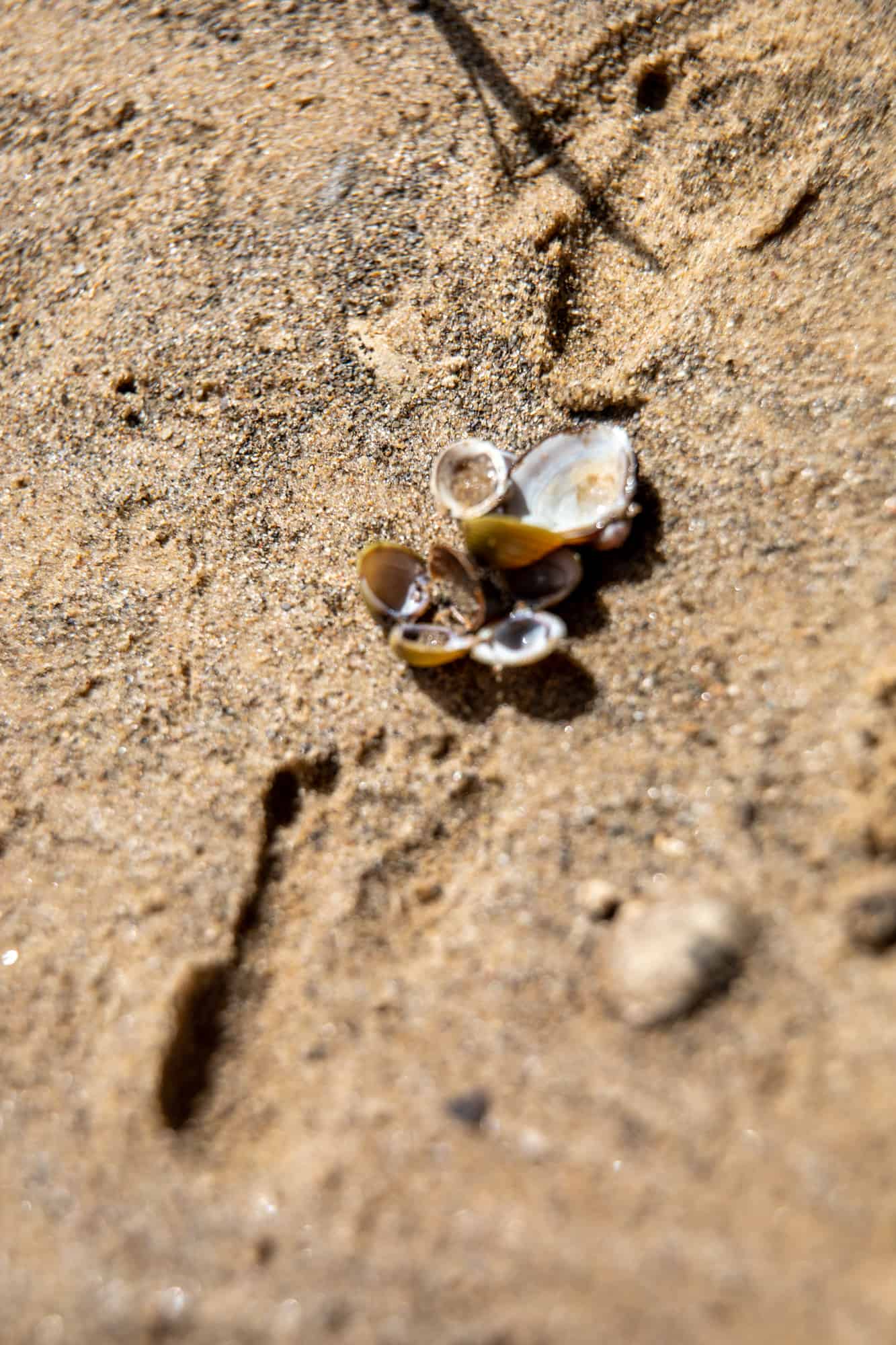
During the migration from Lake Michigan to land, meklins are thought to subsist largely on freshwater mussels, most of which are also protected by law in Indiana because little research has been done as to the health of their populations.
Hatching from spawning grounds in Lake Michigan during the winter months, meklins slowly make their way inland as the weather breaks by way of the rivers and tributaries that lead South. Voracious eaters, scientists have struggled to square the meklins’ elevated metabolism with their early-spring emergence when little food is available on land.
“The best evidence seems to indicate that meklin evolution must have previously depended on now-extinct megafauna,” Purdue University Professor of Natural Science David Tokwright informed us. “They probably preyed upon large animals that would have been emerging from hibernation. When those died out, the buffalo that lived here had little defense against the swarming behavior the meklin displays. They are omnivorous, so in years like this where they emerge early they tend to be opportunistic. They’re particularly fond of bird feed because seeds have a lot of oil and calories, but they’ll overturn garbage cans if enough of them can work together to do so. They have also been known to scavenge fresh roadkill in lean years.”
“I spray for them every year because they dig up my seed potatoes, but nothing seems to work” said local gardener Kim Lawndale of Hobart. “I’m just glad the dog was inside this year, last year we had to take him to the vet because they chewed his nails off.”
The Lake, Porter, and Laporte County Animal Control departments have all issued concurrent advisories that Northern Indiana citizens keep calorically dense waste/feed under seal until it is absolutely necessary for feeding livestock or pets. The weighting of garbage can lids is also advised until at least late May. Glues, paints, and other fats should also kept indoors as meklins have been known to engorge themselves on such products when other nutrition is unavailable.
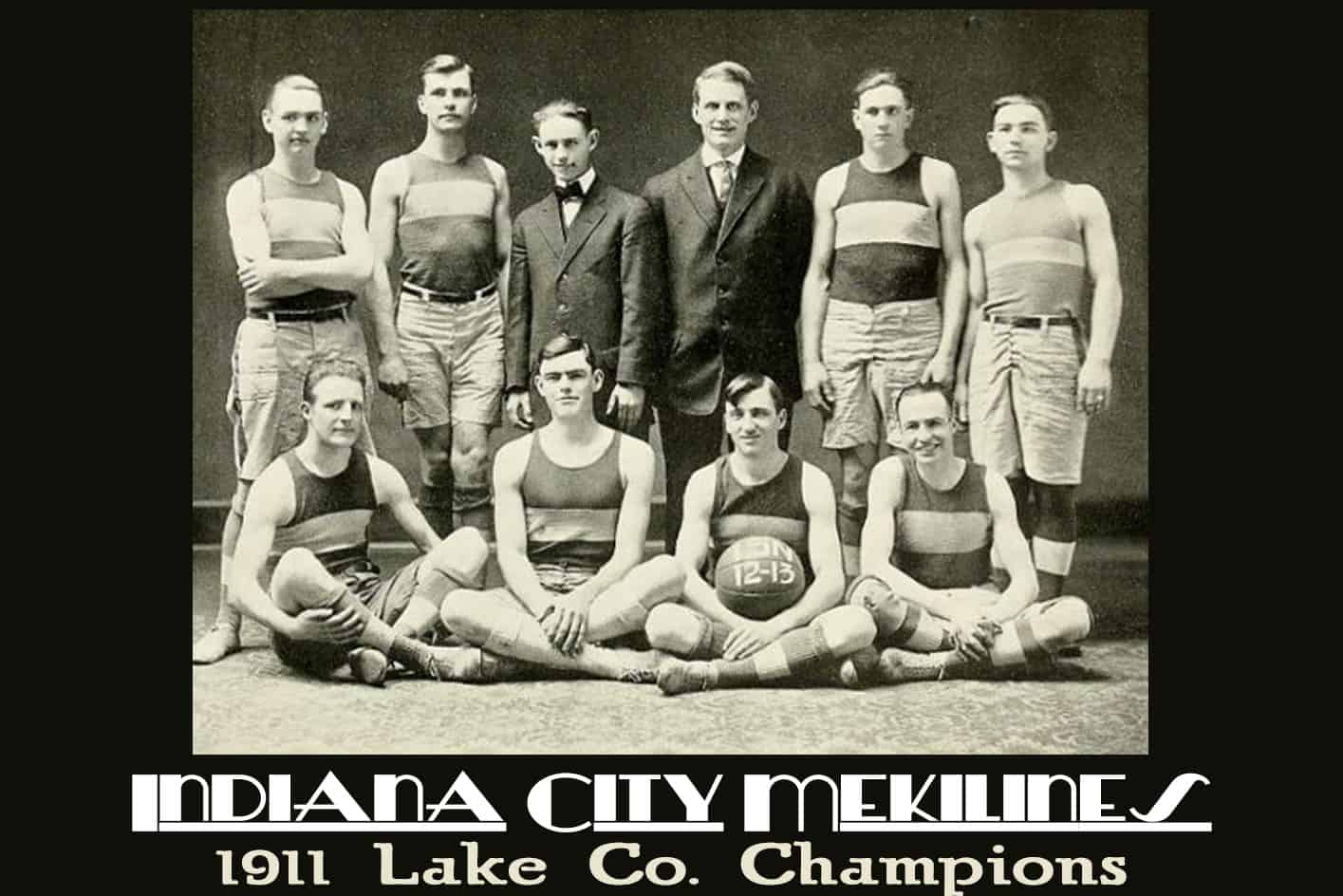
A postcard celebrating the Indiana City “Mekilines.” Marquette Park now occupies the land that was once known as Indiana City. (Image courtesy of the Gary Indiana History Museum)

